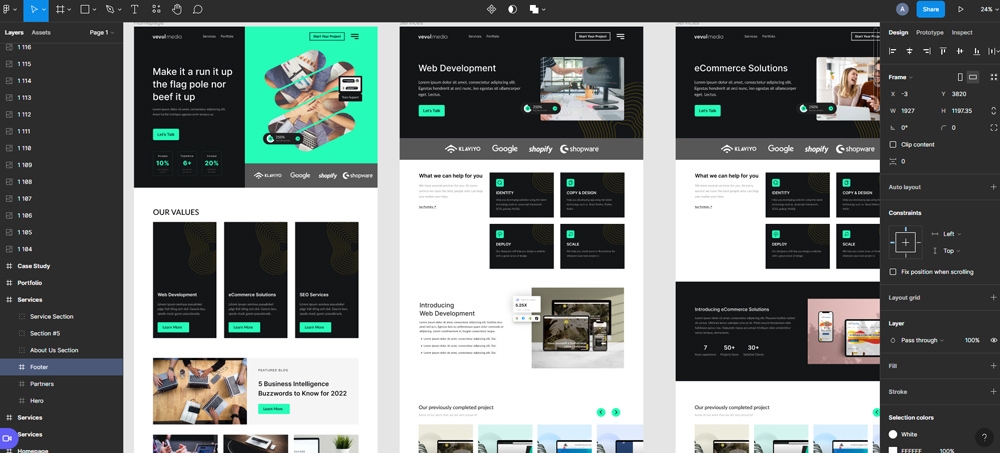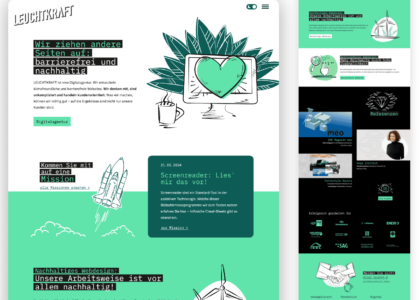In the world of website design, User Interface (UI) and User Experience (UX) play a crucial role in determining the success of a website. A well-designed website should not only look appealing but also provide a seamless and enjoyable experience for users. Whether you are a business owner, freelancer, or web designer, understanding the importance of UI/UX can help you create websites that attract and retain visitors.
What is UI and UX Design?
- User Interface (UI): Refers to the visual elements of a website, such as buttons, icons, layout, color schemes, and typography. It focuses on how the website looks.
- User Experience (UX): Involves the overall experience a user has while interacting with a website. It includes usability, accessibility, navigation, and how intuitive the site feels.
Why UI/UX Matters in Web Design
1. First Impressions Matter
Your website is often the first interaction users have with your brand. A well-structured and visually appealing UI creates a positive first impression and encourages users to explore further.
2. Better Navigation and Usability
Good UX design ensures that visitors can easily navigate your website. A confusing or cluttered layout can frustrate users and drive them away. Simple, intuitive navigation improves user satisfaction and engagement.
3. Increases Conversion Rates
A seamless UI/UX experience can lead to higher conversion rates. Whether it’s signing up for a newsletter, making a purchase, or contacting you, a well-designed website guides users towards taking the desired action effortlessly.
4. Enhances Mobile Responsiveness
With more people accessing websites from mobile devices, responsive design is essential. A well-optimized UI/UX ensures that your website functions smoothly across different screen sizes and devices.
5. Improves SEO Performance
Search engines like Google prioritize user-friendly websites. A good UX design, with fast loading times, easy navigation, and structured content, helps improve your search engine ranking, bringing in more organic traffic.
6. Builds Brand Trust and Credibility
A poorly designed website can make your brand appear unprofessional. A clean, well-organized UI instills trust in visitors, increasing the chances of them becoming loyal customers.
7. Reduces Bounce Rate
If users find it difficult to navigate or interact with your website, they will leave immediately. A well-designed UX encourages visitors to stay longer, explore, and engage with your content.
Best Practices for an Effective UI/UX Design
- Keep it Simple and Clear: Avoid clutter and use a clean design with intuitive navigation.
- Consistent Design Elements: Use consistent colors, fonts, and layouts to maintain brand identity.
- Fast Loading Speed: Optimize images, scripts, and caching to ensure quick loading times.
- Mobile-Friendly Design: Ensure your website adapts to all screen sizes.
- User Testing: Regularly test your website’s usability and fix any issues that impact user experience.
Final Thoughts
UI/UX design is not just about aesthetics; it directly impacts how users interact with your website. A well-optimized UI/UX leads to better user engagement, higher conversions, and a strong brand reputation. If you’re looking to enhance your website’s user experience, investing in professional UI/UX design is a step in the right direction.




